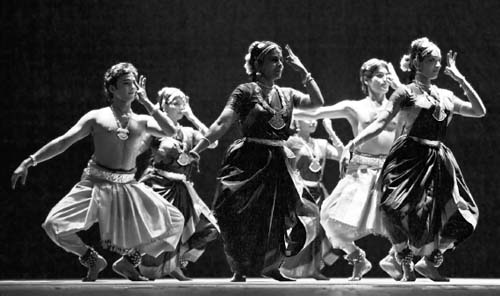HinduismLeadership, Authority, and Religious Roles |
Have any women been considered saints? |
Numerous saintly women (probably well into the hundreds) have been revered for their holiness, most with local or regional constituencies, but many also held in high regard across India. Here are some of the most famous, in more or less chronological order. In the fifth or sixth century, Karaikkal Ammaiyar was a legendary devotee of Shiva. The daughter of an affluent family, she was celebrated for her beauty before she lost it in a theophanic encounter with Shiva. Her first husband considered her a goddess after she made two mangoes appear by praying to Shiva. Lalleshvari was a fourteenth-century Shaivite poet-saint whose husband and mother-in-law abused and neglected her for twelve years. She left for the life of a wanderer, forsaking all worldly attachments even to the extreme of going naked until she died. Gauribai (1759-1809) was married and widowed around the age of five or six. In keeping with social norms, she fulfilled the expectation that all widows lead pious, devout, and extremely simple lives. She took up residence in a temple where for the rest of her life she studied, composed songs and poems, meditated, and performed works of charity. Her devotees believed she could predict the future and (like many Hindu saints) foretold the time of her own death. Aghormani Devi (1822-1908) was betrothed at age nine and widowed not long after. She became a close friend of Ramakrishna, and became famous for having frequent visions of Baby Gopala (Krishna), and came to be known because of her discipline and meditation as the “Mother of the Divine Child Krishna.” Gaurimani Devi (1857-1938) was another disciple of Sri Ramakrishna; after years of travel and observation of the plight of women in India, she founded Saradeswari Asrama (spiritual retreat/foundation for women) as Sri Ramakrishna had requested before his death.

Performers from the Kalakshetra Dance Institute perform the folk dance “Shankara Sri Giri” at a festival in Chengdu, China. (Jack Q / Shutterstock.)
